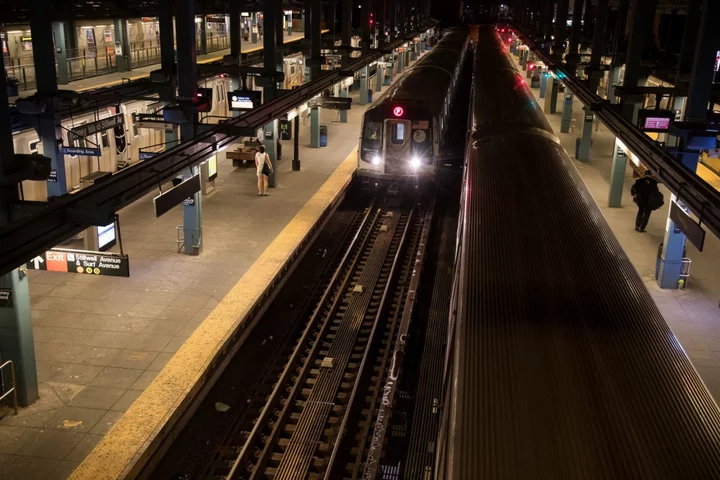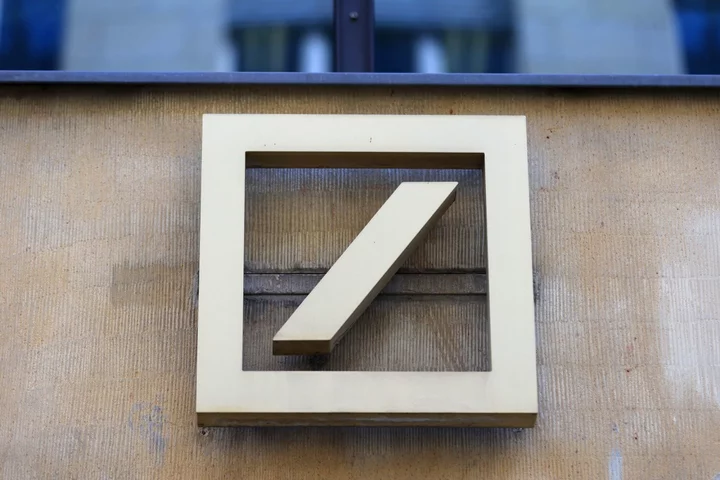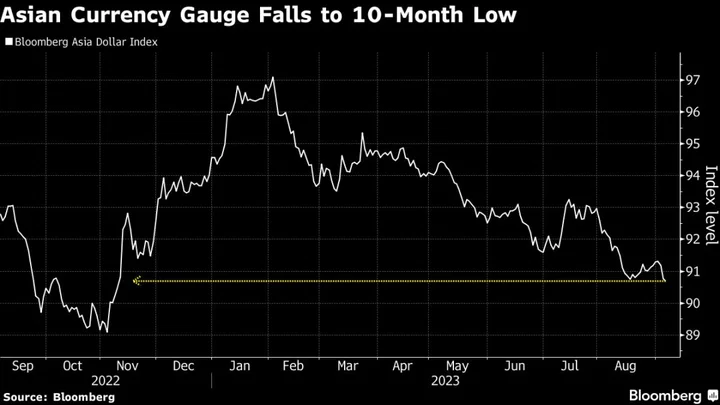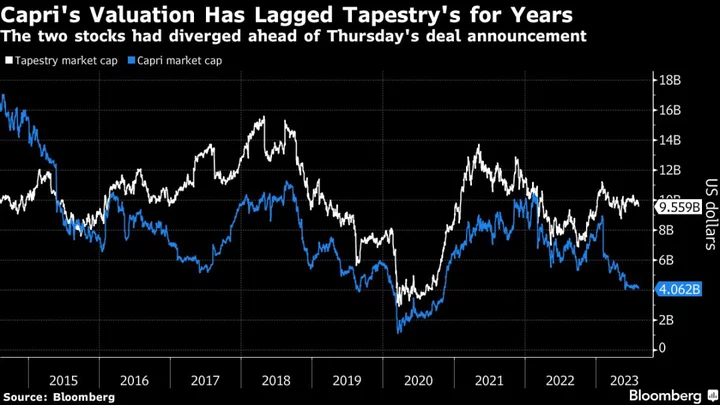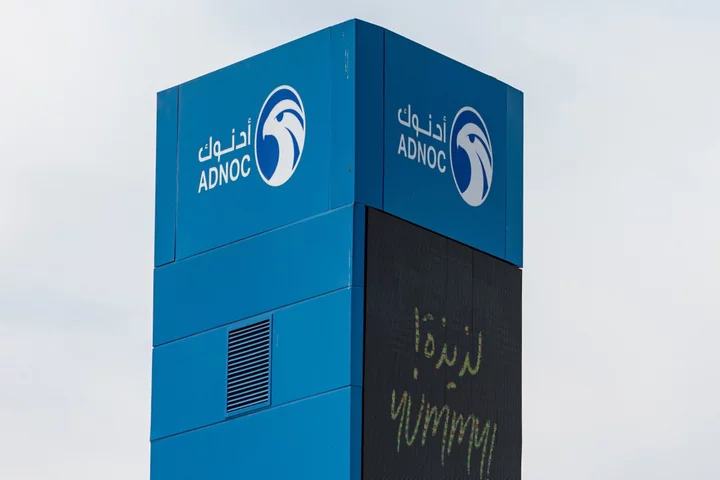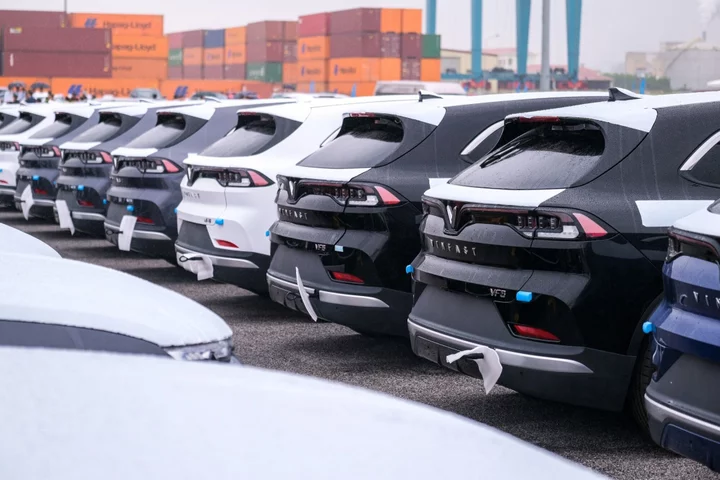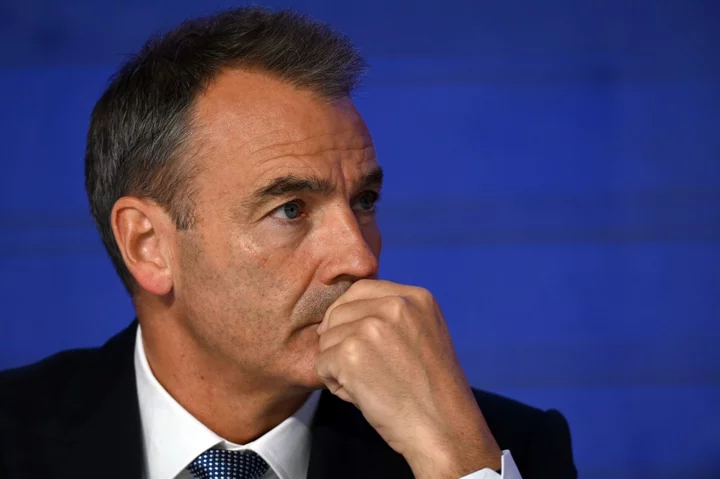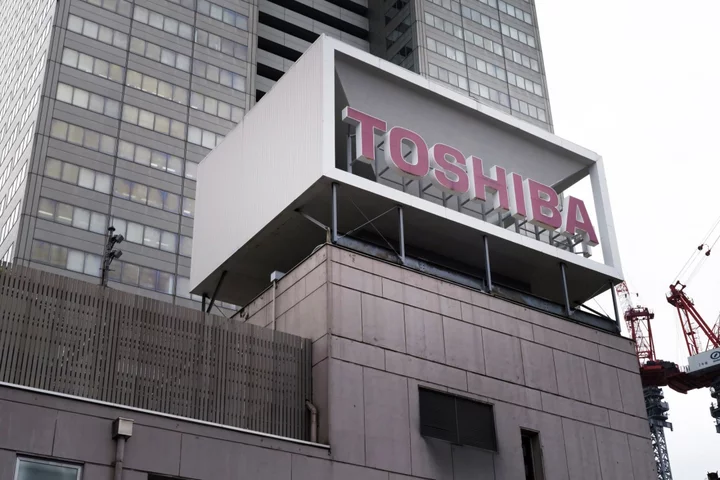Overhauling Grand Central Terminal’s 110-year-old train shed, replacing more than 5,000 subway and commuter rail cars, and electrifying the nation’s largest public bus fleet: These are just a few projects the Metropolitan Transportation Authority wants to tackle as it faces the threat of extreme weather.
The operator of New York City’s subways, buses and commuter railroads unveiled its 20-year needs assessment, a list of initiatives to upgrade and modernize a more than 100-year-old system. The 165-page plan comes after torrential rains practically paralyzed the city’s subways last week.
“There’s just an enormous amount of opportunity that we have to rebuild the system, make it last for another hundred years, add capacity where it’s most needed, make it more accessible and accelerate the fight against climate change,” Jamie Torres-Springer, president of the MTA’s Construction & Development, told reporters during a briefing a day ahead of Wednesday’s release of the assessment.
Read more: NYC Subway Flood-Protection Projects Behind Schedule, Audit Says
The MTA’s current $51.5 billion multi-year capital plan runs through 2024. It aims to update train signals to help decrease delays, add more escalators and elevators to stations, rehabilitate Penn Station and extend the Second Avenue subway line into Harlem.
Looking to build off that work, the purpose of the 20-year assessment is to help the nation’s largest transit provider develop its 2025-2029 capital plan. Prior 20-year assessments were constructed with budget limitations in mind. This year, the MTA decided to analyze the system’s needs over the long term without imposing spending caps, leaving that task for when it puts together the 2025-2029 capital budget.
‘Never Been Done’
“This is a detailed assessment of the MTA’s entire network,” Janno Lieber, the MTA’s chief executive officer, said Wednesday. “It’s never been done before.”
The assessment didn’t include estimated costs for new projects and Torres-Springer declined to provide a price tag. However, more than 20 potential enhancement and expansion initiatives were outlined in the assessment for combined estimated 2027 construction costs of as much as $87 billion.
On that list were plans to extend the Second Avenue subway westward along 125th Street to Broadway ($7.6 billion), building a 10th Avenue station on the 7 subway line ($1.9 billion) and building a light rail line called the Interborough Express that would connect eastern Brooklyn and central Queens ($5.5 billion).
Repairing the aging transit system and strengthening it against flooding and storm surges account for much of the needs identified in the assessment. More than 8 inches (20 centimeters) of heavy rain pounded the New York City area last week, sending water gushing into subway stations. Several subway lines temporarily closed and Metro-North service out of Grand Central was suspended.
“It’s only going to get harder to keep these storms from impacting the system as they intensify,” Torres-Springer said. “And we need investment to prevent frequent and long-term disruptions.”
One key project is to replace the roof on Grand Central’s rusted-out train shed, updating the century-old, two-mile Park Avenue tunnel that leads into the train depot to meet safety standards, and rehabbing the connecting Park Avenue Viaduct. More than half of which was built in the 1890s.
“The Grand Central train shed is falling apart — water, salt, chemicals, utilities, poking holes in that network that’s underneath Park Avenue,” Lieber said. “If we let that continue to collapse, nobody’s going to be coming in from the Bronx or Westchester or Connecticut.”
(Updates with comment from MTA CEO in sixth paragraph.)

